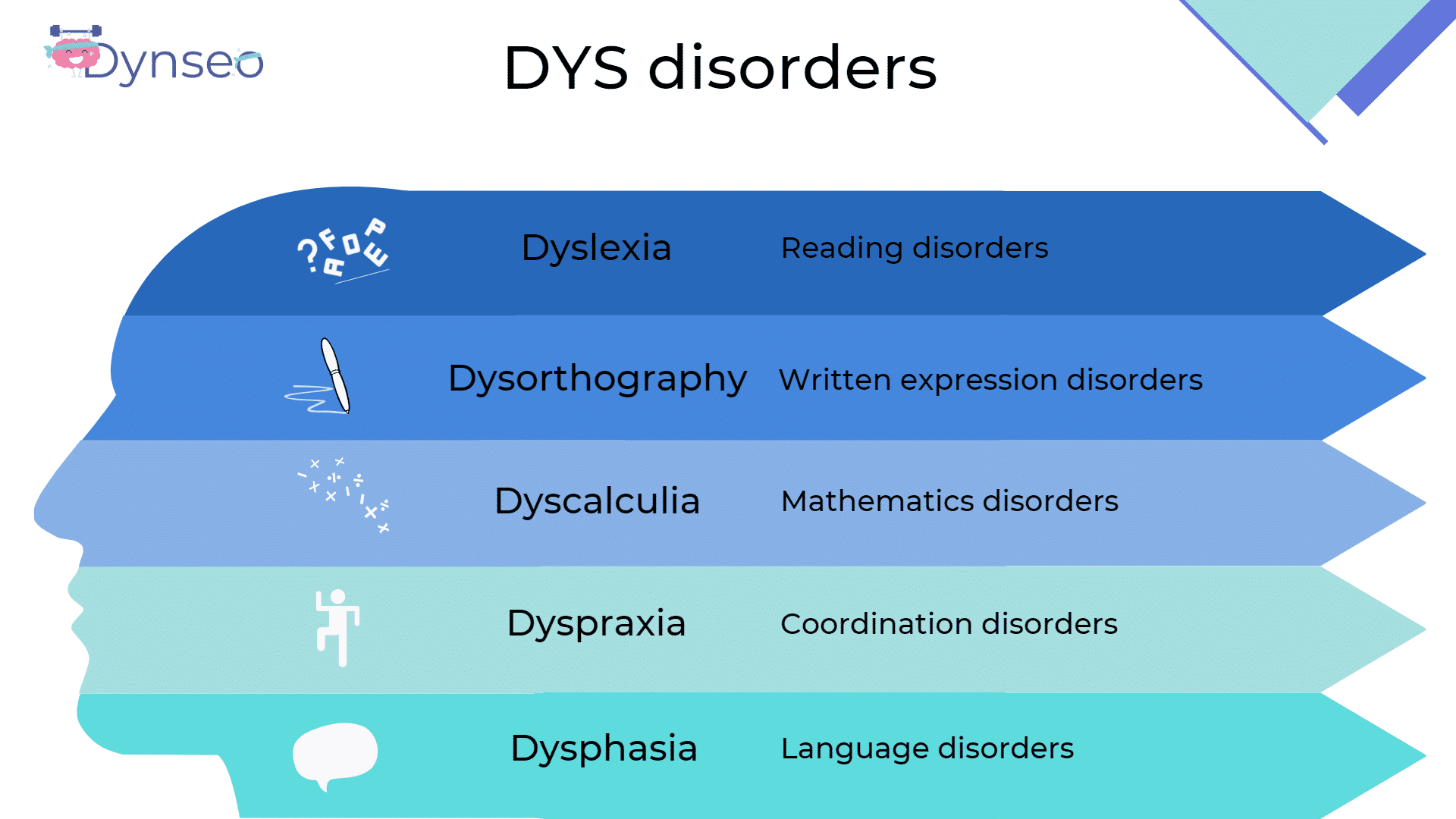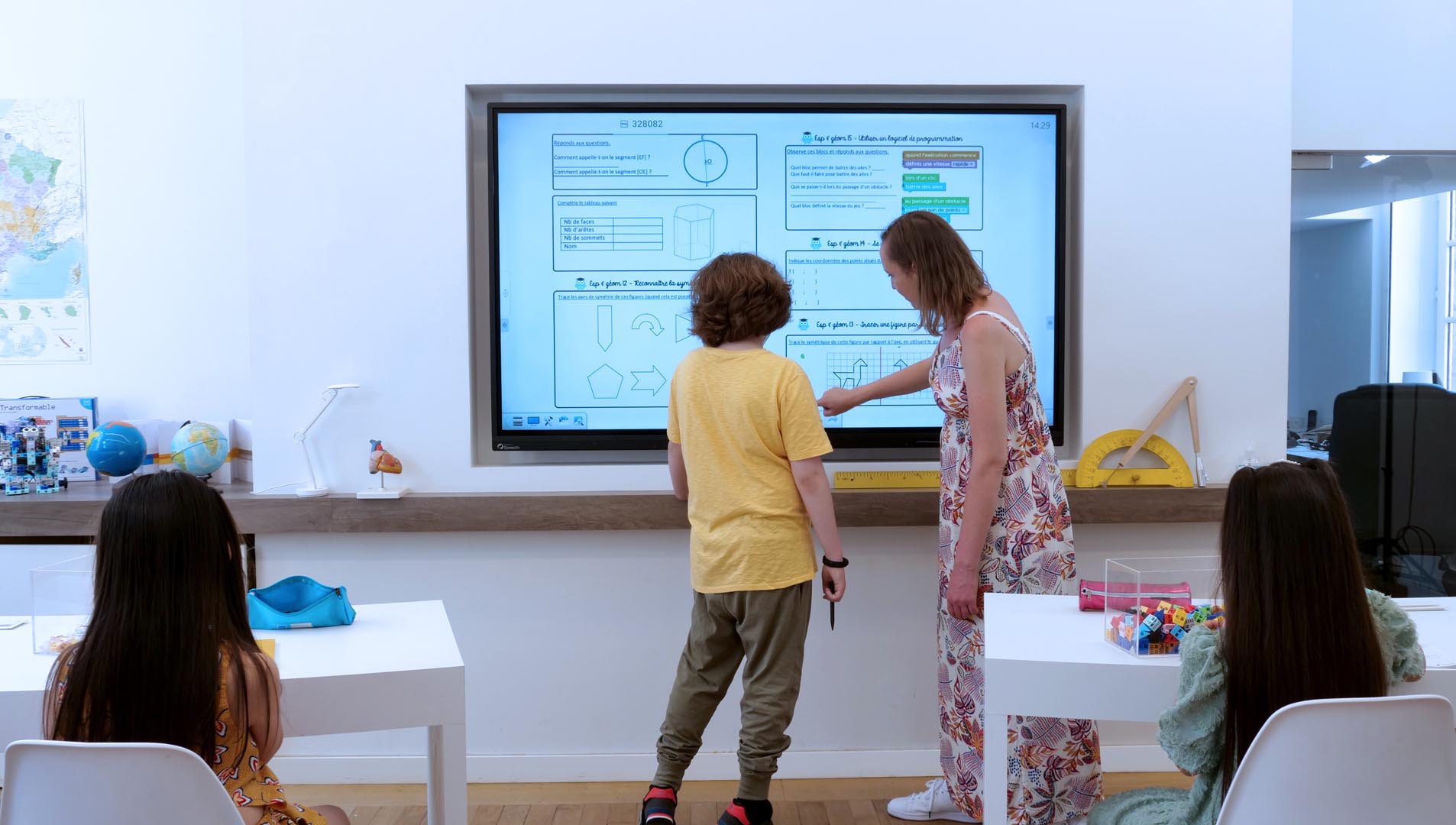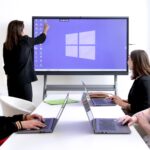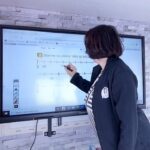According to the French Ministry of Education, 6% of children suffer from a learning disability, which represents one child per class. This statistic demonstrates the need to adapt teaching methods, and the interactive digital screen is one of the tools that teachers can use to implement an inclusive pedagogy.
Progress has been made since the creation of the public and secular school system in 1882, not only in terms of teaching methods, but also in terms of acceptance of others. Let’s take as an example Law no. 2013-595 of July 8, 2013, which suggests an orientation and programming for the refoundation of the school of the Republic towards the concept of an inclusive school, and which commits all players to a new conception of the schooling of students with disabilities. This law encourages schools to focus on the inclusion of people with disabilities or learning difficulties, such as dyslexic children.
More accessible schooling
The French national education system aims to include all students in the best possible conditions. To this end, it has set up specialized classes for pupils with mild to severe disabilities:
The ULIS class (Unité Localisée pour l’Inclusion Scolaire – localized unit for school inclusion) is a category of class that accommodates pupils with various cognitive disorders:
- TFC: disorders of cognitive or mental functions;
- TSLA: specific language and learning disorders;
- PDD: developmental disorders (including autism);
- TFM: motor function disorders;
- TFA: hearing impairment;
- TFV: visual function disorders;
- TMA: multiple associated disorders (multiple disabilities or disabling illnesses).
CLIS, or Classes School’s Inclusion, are specialized structures for integrating disabled pupils into the french school system. They are classified according to the type of disability of each pupil, as follows:
- CLIS 1: These classes are designed for pupils whose disability is linked to cognitive or mental function disorders. This includes pervasive developmental disorders such as autism, as well as specific language and speech disorders.
- CLIS 2: These classes cater for students with hearing disabilities, whether or not they have other associated disorders. They are designed to meet the needs of children who are deaf or hard of hearing.
- CLIS 3: These classes are reserved for pupils with visual impairments, with or without other associated disorders. They provide an adapted environment for blind or partially-sighted children.
- CLIS 4: These classes are for pupils with motor disabilities, including dyspraxia, with or without other associated disorders. They are also open to pupils with multiple disabilities, where several types of handicap are present.
Interactive digital screens motivate the troops
In addition to students with disabilities, there are a further 20% of students with learning difficulties, some of whom have mild disabilities. Students with mild disabilities are generally keen to remain in the mainstream school system.
To compensate for this slight handicap, teachers and students alike can turn to an Interactive Digital Screen (IDS). This technological alternative leads to the implementation of a new pedagogy focused on collaboration and inclusion of students in learning.
Audrey Kistler, a.k.a. Professor Truck, a private tutor, uses an interactive screen, and has noticed an increase in student motivation. Primary school pupils, accustomed to touch and intrigued by the screen, are no longer apprehensive about learning.
A solution for every dysfunction
Iolaos software, integrated into Speechi’s OPS PC interactive displays, addresses the problems associated with dyslexia, which affects around 8% of pupils and students. Here is a solution proposed by Iolaos for each recurrent dysfunction:
- Dyspraxia: This disorder manifests itself as a dysfunction of movement, leading mainly to learning difficulties. Dyspraxics also have problems with fine motor skills, such as writing. Iolaos software features “handwriting recognition” and “pattern recognition”, enabling handwriting to be transformed into typed text, encouraging children to participate in class.

- Dyslexia: Dyslexia is a disorder related to written language, which can be illustrated by letter inversions, the addition of letters to certain words, or confusion between letters of similar shape. Speechi’s integrated Iolaos software offers a number of ways of facilitating reading, such as separating syllables, isolating each line of text and scrolling through them one after the other, or coloring each category of words differently,
- Dyscalculia: This disorder is the main cause of difficulties with numbers, and makes learning mathematics laborious. Iolaos offers a range of solutions, including calculators, geometric shapes and unit conversion tools.
- Attention problems: When concepts are difficult to assimilate, it’s possible to have a lack of concentration. Heuristic maps can be used to effectively integrate a notion.
This is a non-exhaustive list of learning disabilities encountered in schools. Discover the different ranges of screens available, at Speechi.com which will delight your teachers as well as your pupils.




